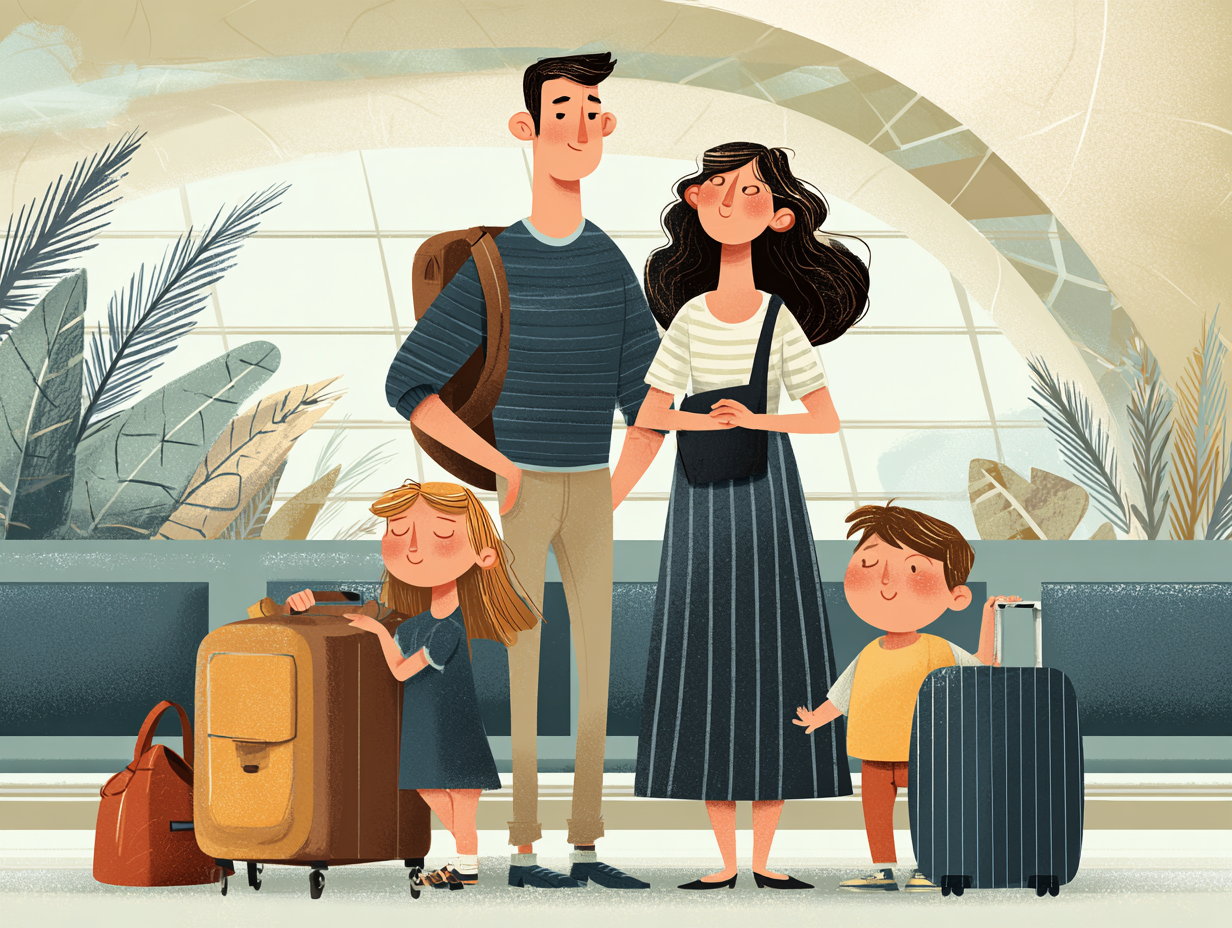Holiday travel often disrupts routines, but mindful choices around food, sleep, movement and stress can help you stay well throughout your trip
The holidays are a time for adventure, relaxation and making memories. But excitement, indulgent food and disrupted routines can take a toll on health, leaving travellers tired or unwell. Doctors say a few simple habits can help safeguard wellbeing without taking away from the fun.
Hydration matters more than you think
Drinking enough water while travelling is critical. “Indoor heating, sweets, caffeine and alcohol all promote dehydration. Dehydration worsens fatigue, headaches, skin dryness and constipation,” says Dr Nikitha Narayanan, oral pathology and microbiology specialist at iCliniq.
Dehydration also reduces urine output, slowing the body’s ability to flush out waste products and allowing toxins to build up. Carrying a refillable water bottle and sipping regularly through the day helps maintain energy levels and digestion. Doctors advise avoiding the habit of replacing water entirely with sugary drinks or excess caffeine, which can worsen dehydration.
Enjoy local food without upsetting your gut
Holiday food is a highlight of travel, but sudden dietary changes can upset the stomach. “You need to control timing, portions and balance out your plate,” Dr Narayanan says.
Starting meals with protein and vegetables, sharing desserts instead of eating full portions, and limiting heavily processed snacks can help. When travelling in places where food or water hygiene is uncertain, choosing freshly cooked meals, drinking bottled water and avoiding ice made from unknown sources can significantly reduce the risk of foodborne illness.
Sleep is not optional
Travel often disrupts sleep schedules, but rest is essential for immunity, mood and recovery. Poor sleep raises stress hormones and increases vulnerability to infections.
“Rest is not laziness. It is essential for nervous system recovery,” Dr Narayanan says. Keeping sleep and wake times as regular as possible, avoiding heavy meals or alcohol late at night, and getting daylight exposure through short walks can help regulate the body clock, especially after long journeys.
Movement keeps fatigue away
Even on relaxed holidays, light physical activity plays a key role in preventing sluggishness. Gentle walking, sightseeing on foot, stretching or taking the stairs improves circulation, boosts mood and supports better sleep.
Doctors say consistency matters more than intensity. Regular, low-effort movement helps counter the effects of long flights, car journeys and extended sitting.
Plan ahead with essentials
A simple travel health kit can prevent small issues from becoming major disruptions. Hand sanitiser, basic first-aid supplies and regular medications should be packed in advance. Prescriptions should be refilled before departure, and international travellers may need to check vaccination or preventive medication requirements.
Dressing appropriately for the destination’s climate also reduces the risk of sunburn, cold-related illness or altitude-related problems.
Slow down to truly switch off
Good health habits go beyond physical care. Managing stress and pacing your holiday schedule are just as important. Avoid overbooking your days and build in time to rest between excursions. Short breaks, deep breathing and moments of silence can help you enjoy travel without feeling drained.
Holiday stress is often fuelled by social pressure, family expectations, financial strain and emotional overload. Protecting mental health during travel means setting boundaries without guilt, resisting the urge to overcommit and limiting social media comparison.



